Brewing customer service magic: A CX Moment with Dutch Bros Coffee
Zendesk
JUNE 29, 2023
As the company has grown, the evolution of customer service has focused on finding a balance between the art of customer engagement and the science of metrics, reporting, systems, and strategy. Because I think that is what we’re all about—and making sure we’re getting the right balance of art and science for our brand.”


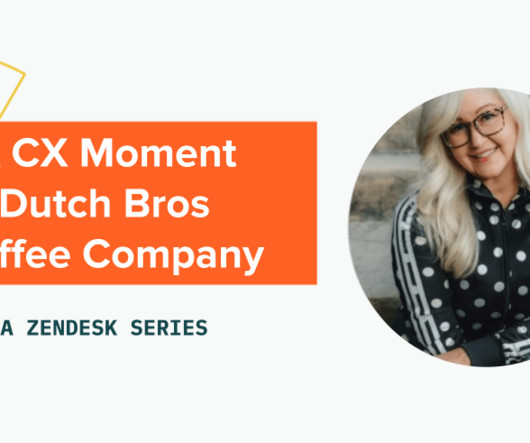
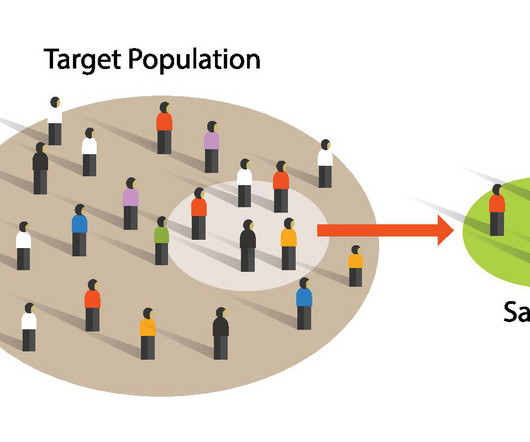
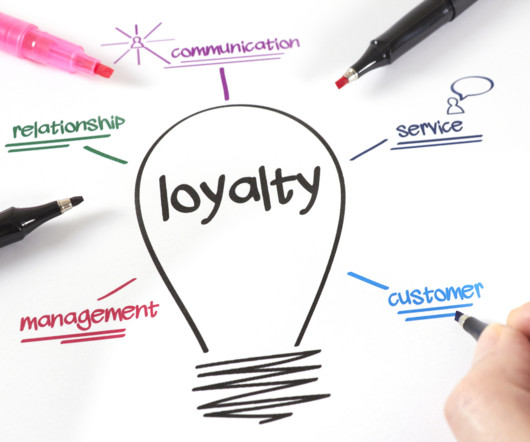
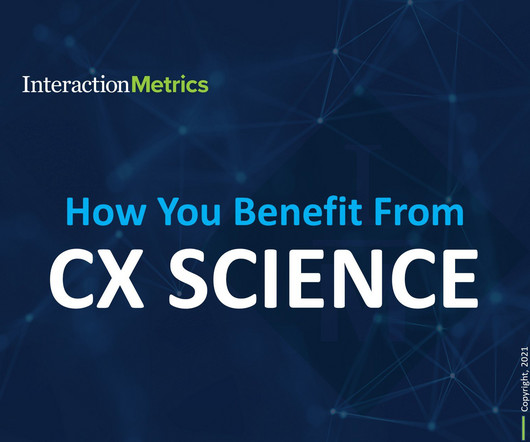


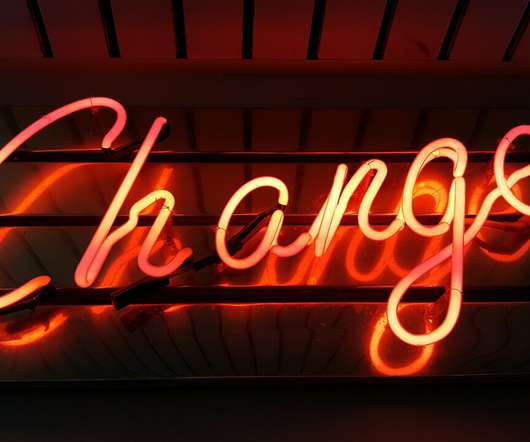
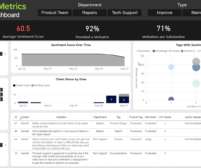
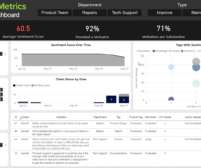
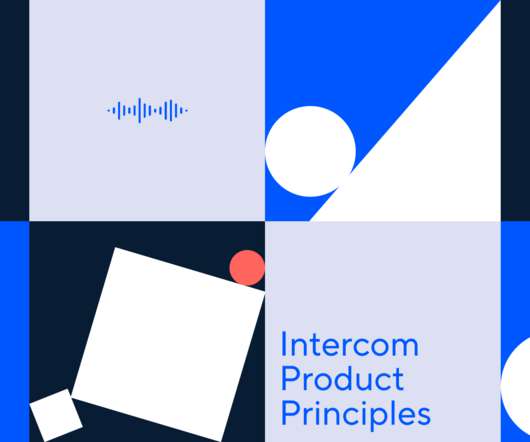

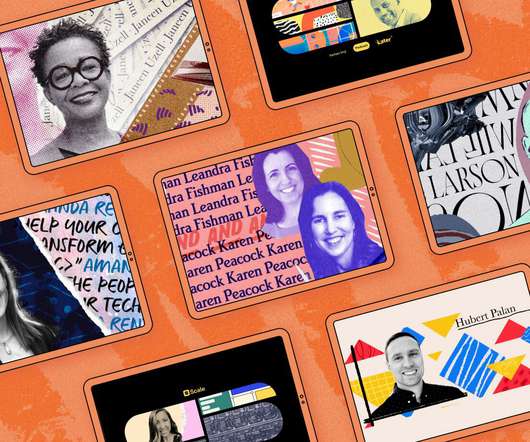
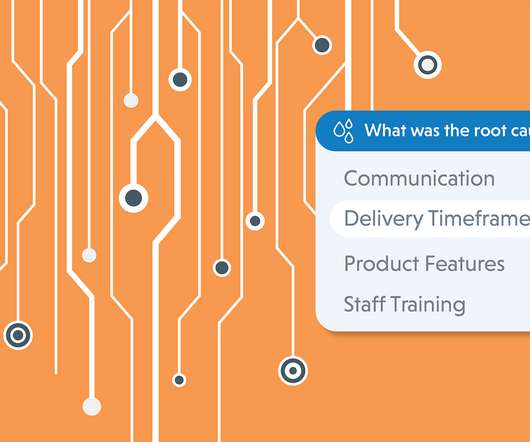







Let's personalize your content